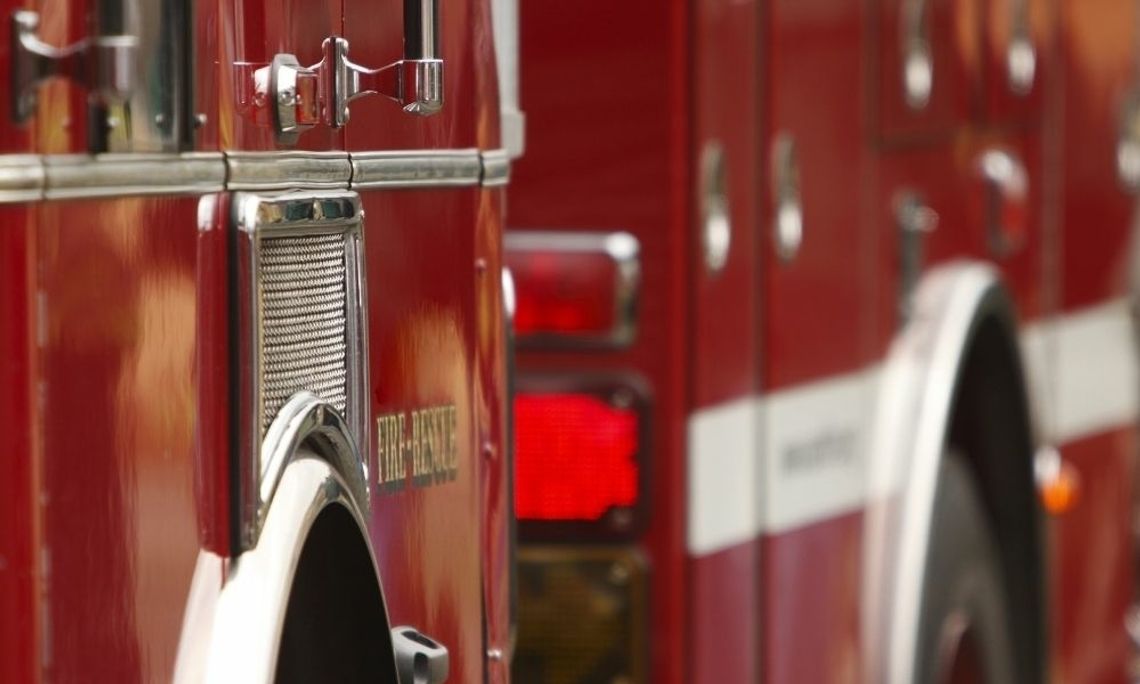As an aspiring firefighter, there are several different types of fire departments that you can apply to depending on your career goals, preferences, and experience level. While there are numerous different variations of fire department structures, they can be classified into three main categories: career, volunteer, and combination departments. To learn about the key characteristics of the three different types of fire departments, continue reading.
Career
A career fire department refers to a fire suppression agency that only employs full-time firefighters. In other words, all the active firefighters at a career fire department are full-time employees. In addition to regular compensation, a career department also assigns employees regular duty shifts.
Due to the consistency offered at a career fire department, many aspiring firefighters seek to obtain a position at one of these facilities. If you’re interested in pursuing a job in a more advanced firefighting position that involves specialized training such as
wildland firefighting, you will likely work at a career fire department.
Volunteer
A volunteer fire department only employs volunteer firefighters. Volunteer firefighters are typically classified as unpaid or part-time firefighters that work less than 40 hours a week. Common types of volunteer fire departments include Paid on Call, Part-Time, and Reserve fire departments, as they do not employ any full-time firefighters.
Despite not receiving regular payment, the firefighters who work at a volunteer fire department may receive compensation for their services in some way. For example, they often receive benefits such as a pension or length of service award program.
Combination
The last of the three different types of fire departments is a combination department. As its name suggests, a combination fire department employs a combination of full-time and volunteer firefighters. Depending on the agency, the percentage of full-time to volunteer firefighters will vary greatly.
In the United States, most combination fire departments are supported by taxes. While they often have an annual call volume higher than a volunteer department’s, they usually experience fewer calls than a career department.


Comment
Comments